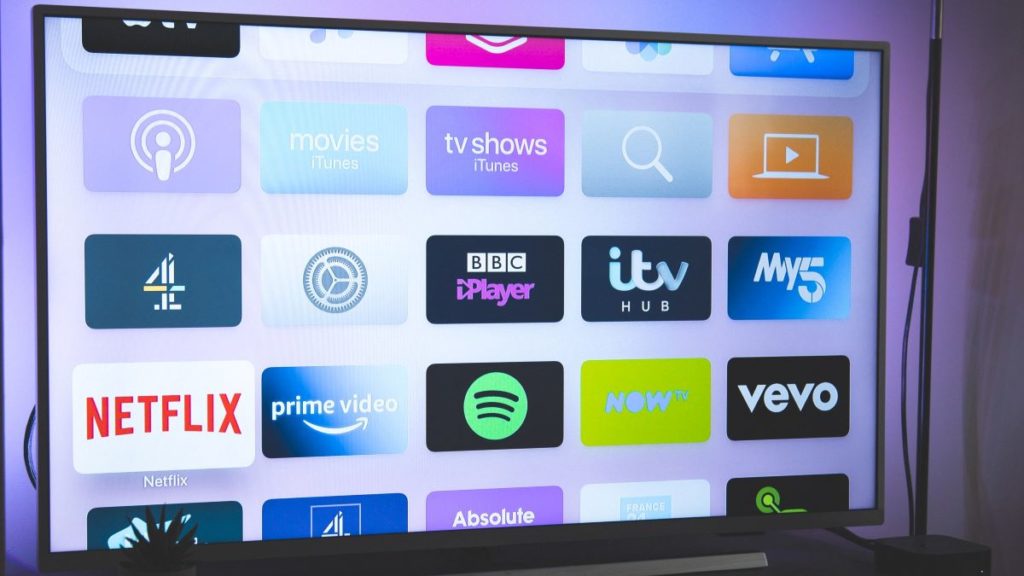Featured image by Nicolas J Leclercq on Unsplash
Major changes are afoot in the cable TV industry as viewers seek a good alternative alternative to cable TV. If you happen to be one of these individuals, what are your options?
RELATED ARTICLE: HOW TO MAKE YOUR FACEBOOK BUSINESS PAGE MORE ENGAGING
Cable TV Viewers Are Looking for Alternatives
In the past couple of years, even the most loyal cable subscribers have considered alternative options to cable TV. But cable TV has led the at-home entertainment industry for decades. What has now caused people to veer in other directions?
Two of the most common reasons why viewers are reconsidering their alternatives are the continual upsurges in cable TV service prices and the convenience that online streaming services now offer. Thanks to streaming services, for example, customers can now watch their favorite content countless times, whenever and wherever they want.
Regardless of what each individual’s reason may be, the cord-cutting has been relentless. In fact, Gen Z is apparently becoming the first never-cord audience. They have access to everything they would want to watch online. Why would they get cable services?
Cable Companies Are Scrambling to Meet the Challenge
Cable companies such as Spectrum, Xfinity, and Mediacom cable are rising to meet the challenge. These companies and others have introduced their own streaming service apps, offering alternatives for their current cable TV customers. Meanwhile, they are improving their already-existing services to develop them further.
If you’re looking at your options, what are the best alternatives to cable TV services? Your first option might be to look into satellite services. This might be your only option if you live where cable services are yet not up and running. Alternatively, you could purchase an HD antenna.
Most other alternatives to cable TV require a good internet connection:
- Netflix, Hulu and similar services
- Amazon Instant Video
- PlayStation Vue
- YouTube Streaming
Sling TV is also a fairly good choice. The advantage here is that you would not need to rent any equipment, and there would be no leasing fee.
Many Are Looking into SVOD Providers
As alternatives to their current cable TV service, Americans have three top-rated streaming video on demand (SVOD) content providers:
- Hulu
- Netflix
- Amazon Instant Video
Hulu and Netflix are both subscription-based streaming services, and both are straightforward. That is, you pay monthly to get unlimited access to the service’s video content.
Amazon Instant Video, on the other hand, is similar to cable TV, in that you pay per view. There is also an option to rent it for 24 hours to 7 days. Then, if you are satisfied you can keep it for a while. Alternatively, you can sign up for Amazon Prime, then obtain unlimited access to Amazon Instant Video content for free.
HBO also has a standalone deal they call HBO GO. They allow their content to be accessible through Amazon. Additionally, Amazon is expanding their content to include popular services like Showtime and Starz.
What Are Some Popular Alternatives to Cable TV?
Unfortunately, live streaming with SVOD does not work all that well to date. Nonetheless, there are two main groups in this category, live sports and live news.
There are some subscription-based services launched by American sports leagues. However, you have to be a subscriber to enjoy sports in this way. You have the option to watch the content on your TV. To use these services, however, you must have reliable internet services.
When it comes to popular alternatives to cable TV, the most viable options are:
- Roku
- Chromecast
- Apple TV
- Amazon Fire TV
Setting up one of these alternatives is just like setting up boxes with your cable TV. As you know, they are attached to your television along with Wi-Fi and the appropriate software so as to work with your preferred SVOD service.
Unlike digital TV, in which the cable provider sets you up with both the set-top box along with whatever you need for basic SVOD, these alternatives don’t combine the two.
For example, let’s say you buy a Roku box. At that point, you would not be required to pay anything more to Roku to use that device. Instead, you order the content you want from Hulu, Netflix, and so on. However, Roku might charge you a subscription fee for some premium SVOD services.
Know What You’re Looking For
When it comes to looking for cable TV alternatives, you need to know exactly what you are looking for. If the content you want to watch requires a lot of internet data, your alternative might end up costing more than what you were paying for cable TV services.
So brainstorm a bit and do some mindful research based on the factors that are leading you to look for alternatives to your cable TV service. We have tried to share the most popular and in-demand cable TV alternatives in the US market. But keep looking. New alternatives to cable TV are springing up all the time. You never know what you might find if you just keep looking.

